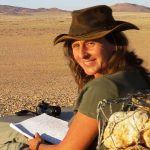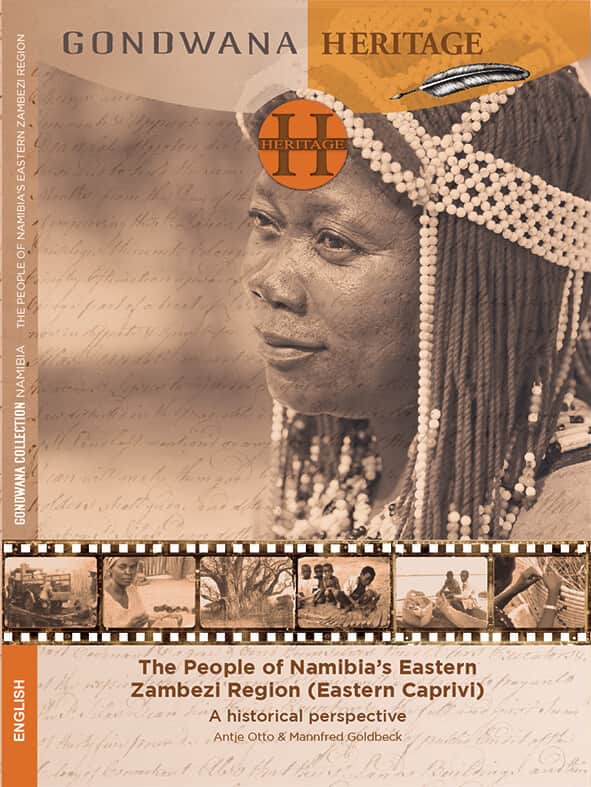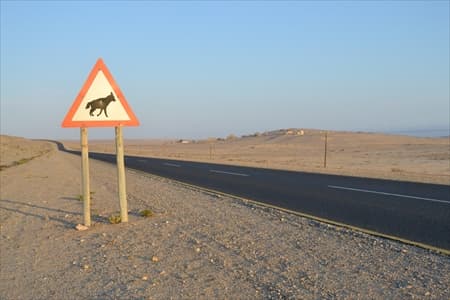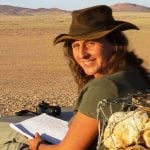As the sun caught the yellow tents on the river bank, we enjoyed steaming coffee and sweetcorn fritters and toasted bread over the fire. We followed the river and the terraced cliffs, crossed over multi-coloured pebbles and walked over millions of years of history.
“Where are you hurrying to, Ron?” I was asked. “This is a slower-paced trail where there is time to enjoy and where there is ample time for soul-searching.”
With the lesson heeded, I thought about the psychology of walking. Walking allows you to reach places no car can travel to; places where you can feel the heat, the wind, the earth underfoot. A hiking friend had recently sent me a quote by Rebecca Solnit from The Endless Fertility of Walking. ‘Walking’ she wrote ‘ideally, is a state in which the mind, the body and the world are aligned, as though they were three characters finally in conversation together, three notes suddenly making a chord.’
We walked over limestone rocks where designs had been engraved by early inhabitants and found shards of pottery and grinding stones. The river has been a lifeline for 25 000 years, an artery of life for stone-age people and early immigrants.
At a cave referred to as Van Niekerk’s cave, Manilow recounted the story of the 16-year old Van Niekerk son who was sent to look after the sheep in the canyon. Feeling lonely, he surprised his family by returning home for Christmas. His father responded by beating him for leaving the animals and immediately sent him back.
We continued. A fish eagle called, Egyptian geese flew past and a pair of black eagles circled the sky. Reading the Bushmen newspaper became an important pastime. Otter, baboon and black-backed jackal spoor surrounded the reed-edged river. A puffadder sluggishly slithered across the sand. We dipped in a pool and the boys (of all ages) skipped stones on the water.
Reaching our overnight stop, we crossed the dry riverbed to reach Koelkrans Camp nestled between rocky hills and tamarisk bushes. Once again, the camp had its own special and homely character and the rustic cabins had comfortable beds and the showers, hot water. The children went off fishing and the adults sat around a fire at Hikers’ Camp while the mules contentedly munched their lucerne. It was soon time to watch the equines run to the water. Their reflections were mirrored in the pool as they quenched their thirst, surrounded by layered canyon walls.
Lively chatter accompanied supper which was served in Koelkrans’s cosy cabin. The meal began with a delicious butternut soup (and seconds) and continued with gemsbok steaks and potato bake. While the group attempted to solve the world’s (and Namibia’s) challenges at the table, I snuck out to watch shooting stars and the magnificent amphitheatre of stars. Soul-searching indeed!
Ron Swilling is a freelance writer, based in Cape Town, writing for Namibian and South African publications. She is a regular contributor to Gondwana’s History and Stamps&Stories columns and documented the intriguing information of the Wild Horses in Namibia for Mannfred Goldbeck and Telané Greyling. She invites you to ‘Follow her footsteps’ on her journey from the Orange River, exploring the Gondwana routes through the intriguing country of Namibia.






SUBMIT YOUR COMMENT